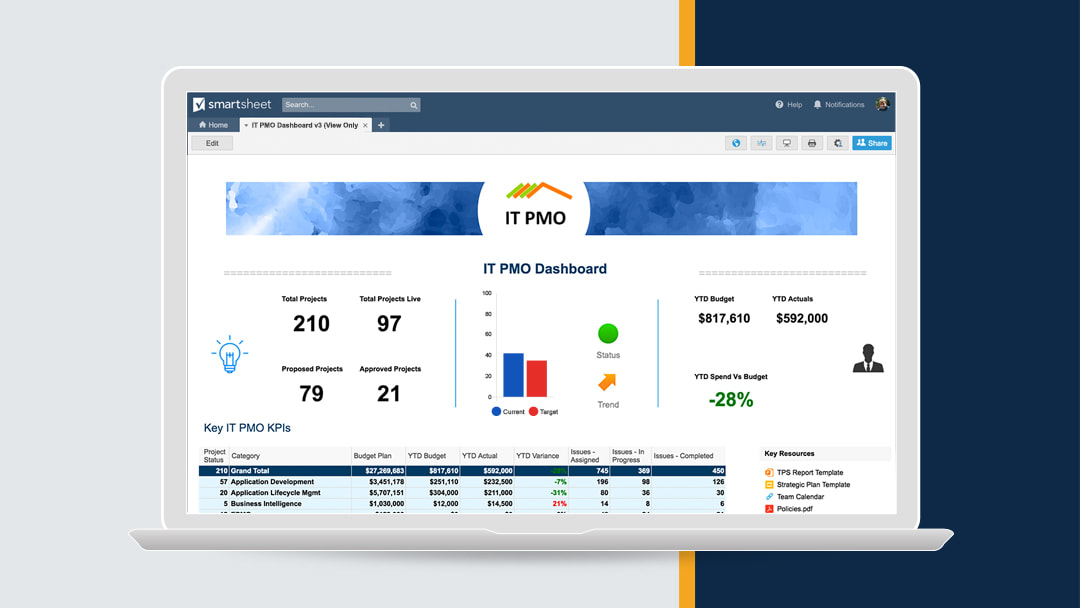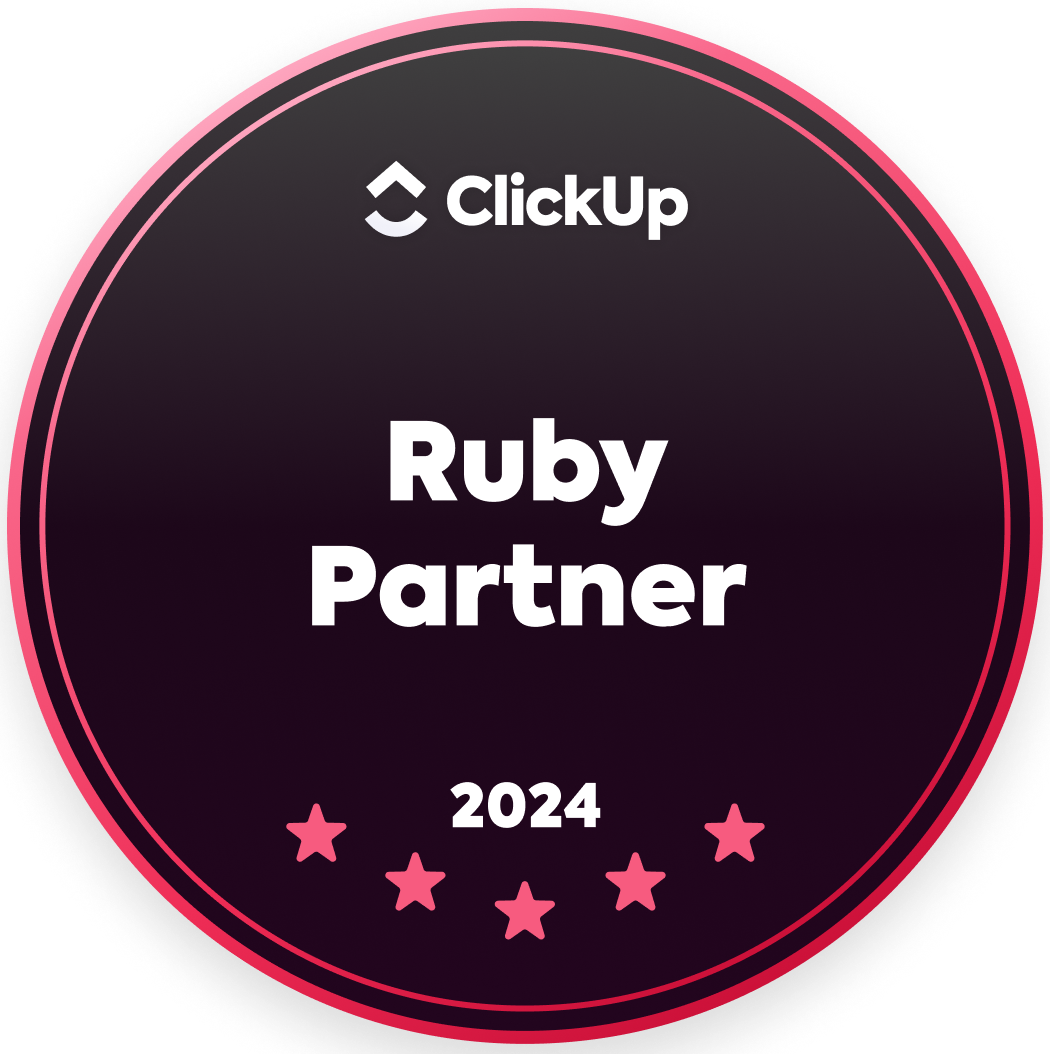|
by Stephen Danos on May 2, 2018
Whatever your business, it’s probably true that competition for customers is becoming more intense. As customers have more and more options, business executives that want to drive success have to do many things to stay competitive. But there is one thing that has a greater impact than any other: Becoming customer obsessed.
CIOs, IT leaders, and other execs need to connect with customers, both internal and external, in order to learn their preferences. The Wall Street Journal’s Irving Wladawsky-Berger sums this up in a single sentence: “The customer experience, that is, making each of its clients feel special, is increasingly the key factor for a business to stand out from its competitors.”
This doesn’t mean that execs need to fill their days with customer calls. Indeed, there are other ways to connect with customers, from newsletters to advisory boards. That’s not to say leaders shouldn’t speak directly with external and internal customers when they can. If they carve out time for those conversations, they can hear first-hand examples of how their company’s products make a real-life impact — and gain priceless insights into where they’re falling short.
Why Customer Connections Matter
Richard Branson once tweeted that “to succeed in business you need to be original, but you also need to understand what your customers want.”
Companies such as Salesforce encourage their employees to obsess over the customer experience and engage with them through all available channels. This often overlaps with the everyday responsibilities of all employees, and there is a growing need for CIOs and customer experience (CX) leaders to collaborate on processes. The traditional model, where CIOs and IT directors build systems and do not contribute to external customer experience, is outdated. Instead of just reacting to internal requests, IT leaders and their teams can provide more value by working alongside business teams to refine and execute processes that impact all customers. Here are some positive examples of what can happen when IT and CX teams collaborate:
Companies will have an advantage if their IT and CX teams obsess over the people they are supporting on a daily basis. The habit of being intensely customer-centric translates across internal and external stakeholder groups. For CIOs or IT Directors, having visibility into CX workflows and projects lets you know how customers wholistically experience your company. Ultimately, it’s key to understand your customers’ points of view. From conducting website usability tests to collecting user feedback on products and ticketing processes, being informed will motivate you to iterate on work processes, compete, and help your teams and customers succeed even faster — together. Use Smartsheet to Boost Speed to Impact
The Smartsheet platform can help you with cross-functional collaboration, visibility into your team’s work, and improve speed to impact. Through customizable and intuitive dashboards, portals, forms, reports, and more tools and app integrations, you can stay aligned with not just your IT support staff, but all adjacent business teams that rely on your systems, insights, and positive contributions.
With Smartsheet forms, IT teams can set up an easy-to-use ticketing system for internal customers to report technical issues and another form for equipment purchases. In addition, CIOs can view key performance data in Smartsheet dashboards, keeping track of monthly spend, system health, customer satisfaction, and more at a glance with over fourteen chart visualizations. Access to this information reduces the time spent on reports and status meetings, so IT leaders can focus instead on enhancing customer experiences. Source: Smartsheet Blog |
|
Care line: +603-9212 0157
|
Leave us your inquiry |
|
This company is registered with the Ministry of Finance, Malaysia.
Equip your organisation with digital solutions & training that inspire innovation and joy at work. Copyright © 2024 57Network Consultancy Sdn. Bhd. Company Registration number : 202001020346 (1376666-K) All rights reserved. |








